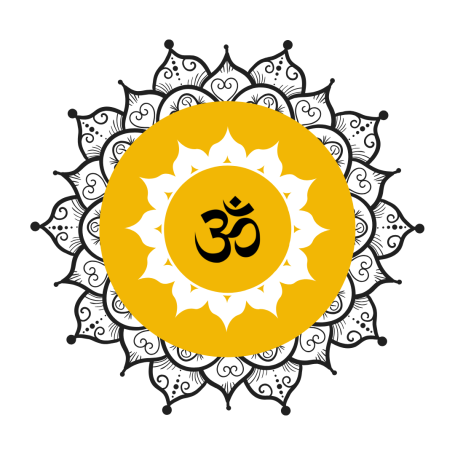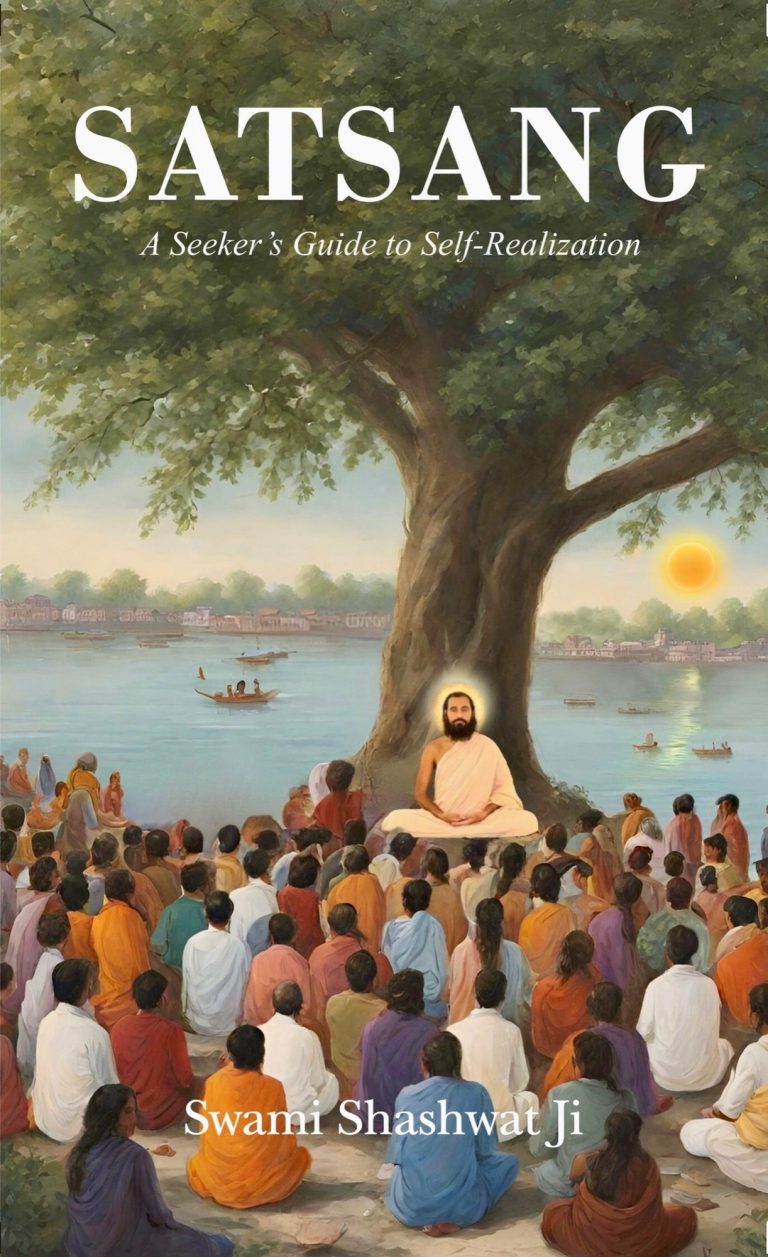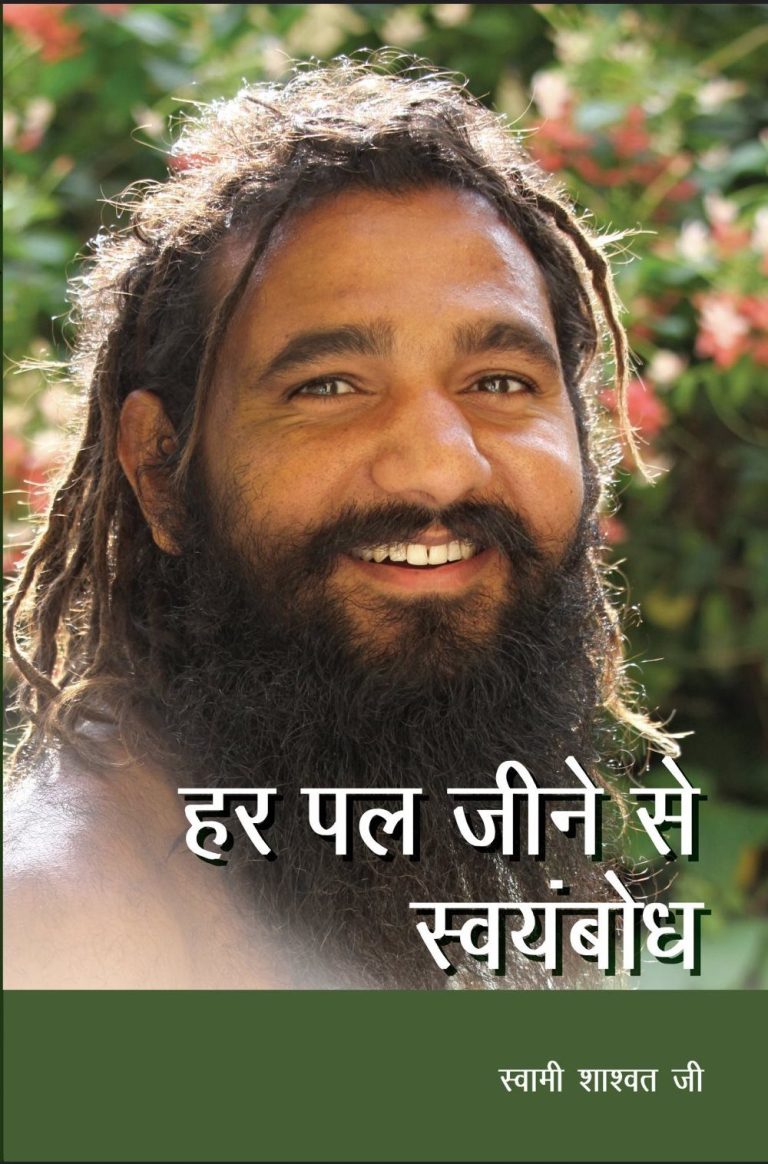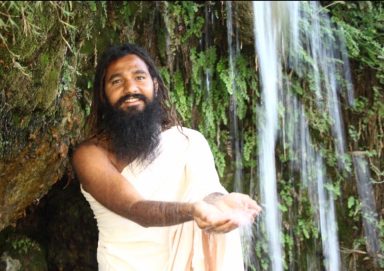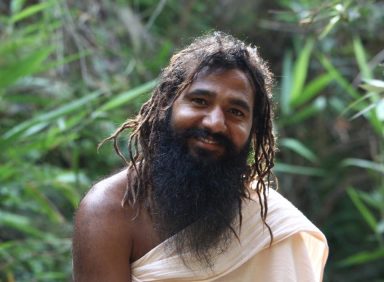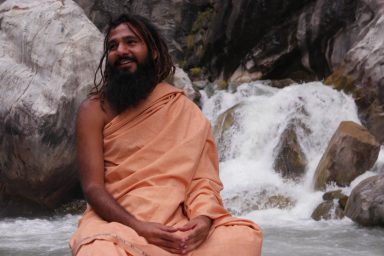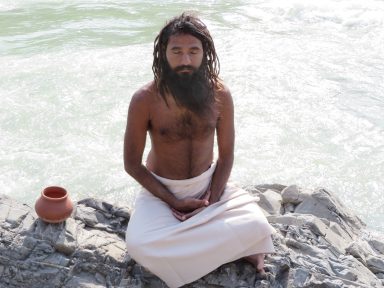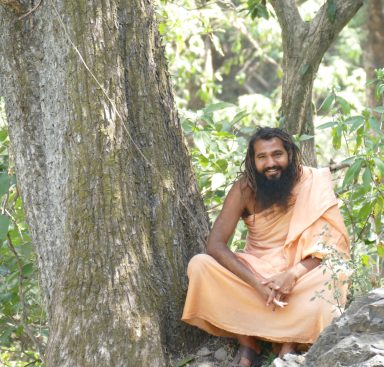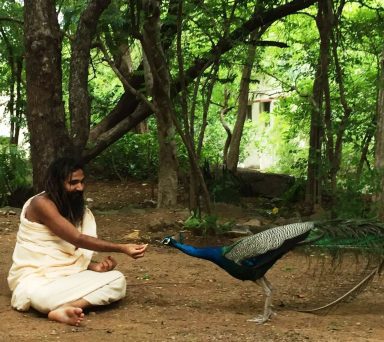Daily
Meditation
Silent Meditation everyday, from 4pm to 6pm, at Aatm Darshan Kutir Ashram, Rishikesh.


Swami
Shashwat Ji
Swami Shashwat Ji was born in 1985 in Madhya Pradesh. At the age of fourteen, he left his home in search of God. Since 2012, he lives in Rishikesh. Spiritual seekers from India and all around the world come to meditate with him.
Books written by Swamiji
Books are featured from the most recent to the oldest. You can learn more about each book by clicking on the corresponding link.
Videos
on YouTube
A small selection of conversations with Swamiji about different subjects. Swamiji speaks in Hindi and subtitles are available in English and French.

Wherever you are, whoever you are, recognize the Self.
Live each moment with awareness, you are not separate from your true nature.
The Divine is within you, but you cannot see this because of the ego, All you have to do is to be rid of the ego.
You believe yourself to be the one who is doing and enjoying things. This is the cause of bondage, otherwise you are already free.
For how long will you look at the ever changing things outside? Look at the Self, which never changes.
© Copyright. All rights reserved.
Swami Shashwat Ji
Nous avons besoin de votre consentement pour charger les traductions
Nous utilisons un service tiers pour traduire le contenu du site web qui peut collecter des données sur votre activité. Veuillez consulter les détails dans la politique de confidentialité et accepter le service pour voir les traductions.
